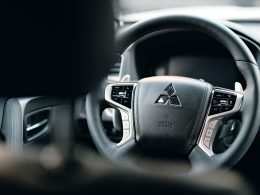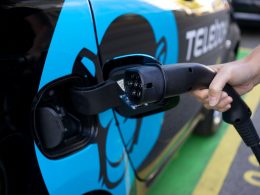As technology continues to advance at an unprecedented rate, it is no surprise that the automotive industry is also rapidly evolving. One area that has seen significant growth and attention in recent years is automotive predictive diagnostics. This innovative technology is poised to revolutionize the way we repair and maintain our vehicles, potentially saving drivers time and money, while also improving overall vehicle performance and safety.
At its core, predictive diagnostics utilizes machine learning algorithms and artificial intelligence to analyze data collected from various sensors and components within a vehicle. This data can include everything from engine performance and fuel consumption to tire pressure and brake wear. By analyzing this data, predictive diagnostics systems can identify potential issues before they become major problems, allowing drivers and mechanics to address them proactively.
The benefits of predictive diagnostics are numerous. For drivers, it means fewer unexpected breakdowns and repairs, as well as improved vehicle performance and fuel efficiency. For mechanics, it means the ability to diagnose and fix problems quickly and accurately, reducing the time and cost associated with traditional diagnostic methods. Additionally, for fleet managers, predictive diagnostics can provide insights into the health of a fleet of vehicles, allowing for more efficient scheduling of repairs and maintenance.
One of the most significant advantages of predictive diagnostics is its ability to prevent catastrophic failures. By analyzing data from various sensors, predictive diagnostics can detect potential problems in real-time and alert drivers and mechanics before a breakdown occurs. This can prevent accidents and keep drivers safe, as well as save significant amounts of time and money on repairs.
Another benefit of predictive diagnostics is its ability to optimize vehicle performance. By analyzing data from various components, predictive diagnostics can identify areas where vehicles are not performing at their peak and recommend adjustments or repairs to improve performance. This can result in improved fuel efficiency, reduced emissions, and a longer lifespan for vehicles.
Predictive diagnostics is also making strides in the area of connected vehicles. By integrating with the internet of things (IoT) and other connected devices, predictive diagnostics systems can collect and analyze data from a variety of sources, including traffic patterns, weather conditions, and driver behavior. This can provide drivers and mechanics with even more detailed insights into vehicle performance and health, allowing for even more proactive maintenance and repairs.
While the benefits of predictive diagnostics are clear, there are also some challenges to its widespread adoption. One of the primary challenges is the cost of implementation. Predictive diagnostics systems require significant investments in hardware and software, as well as training for mechanics and technicians. Additionally, there may be concerns over data privacy and security, as predictive diagnostics systems collect and analyze sensitive information about vehicles and drivers.
Despite these challenges, the market for predictive diagnostics is expected to continue to grow. According to a report by MarketsandMarkets, the global predictive vehicle technology market is expected to reach $26.5 billion by 2025, with a compound annual growth rate of 20.1% from 2020 to 2025. This growth is being driven by increased demand for connected vehicles, as well as advancements in artificial intelligence and machine learning technology.
As predictive diagnostics continues to gain traction in the automotive industry, it is clear that it has the potential to revolutionize the way we repair and maintain our vehicles. By providing real-time insights into vehicle health and performance, predictive diagnostics can save drivers time and money, while also improving safety and efficiency on the road. While there are challenges to its adoption, the benefits of predictive diagnostics are undeniable, and it is likely that we will continue to see its use expand in the coming years.












